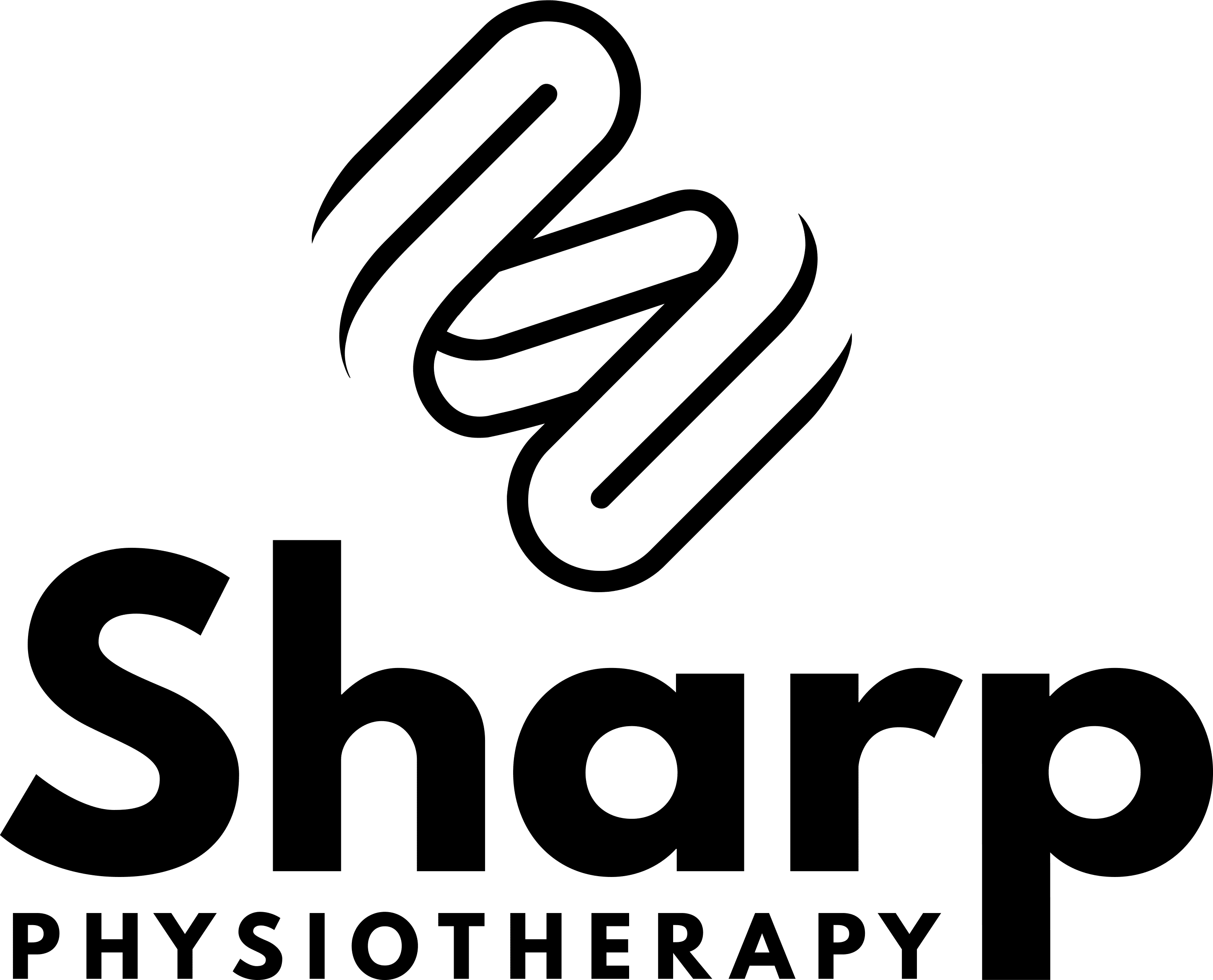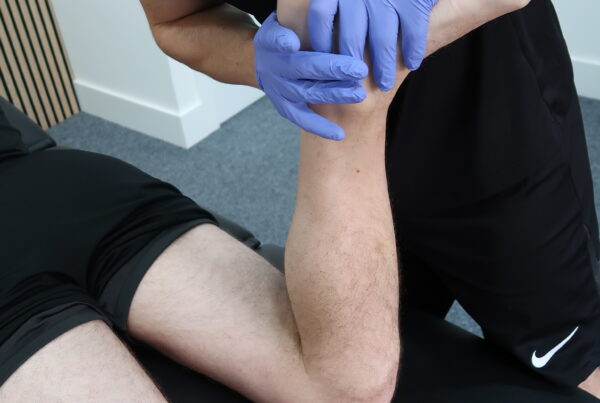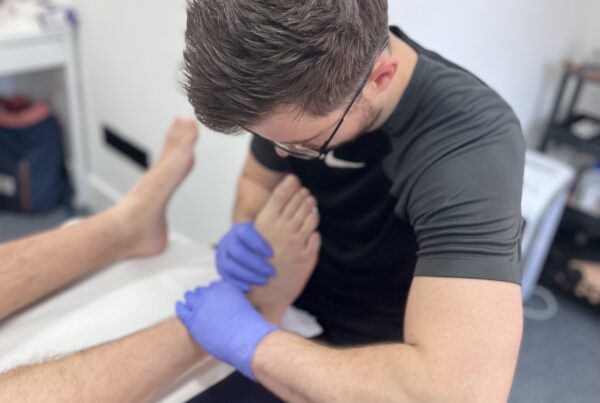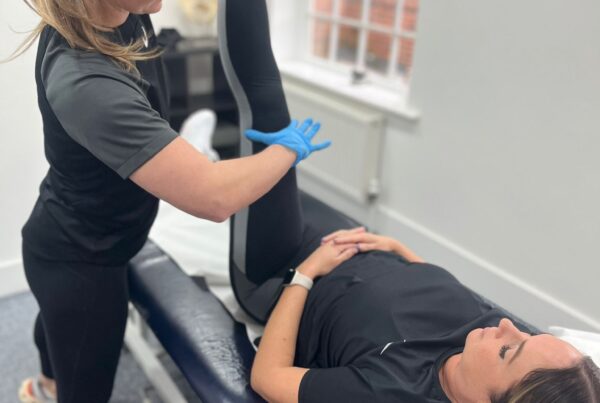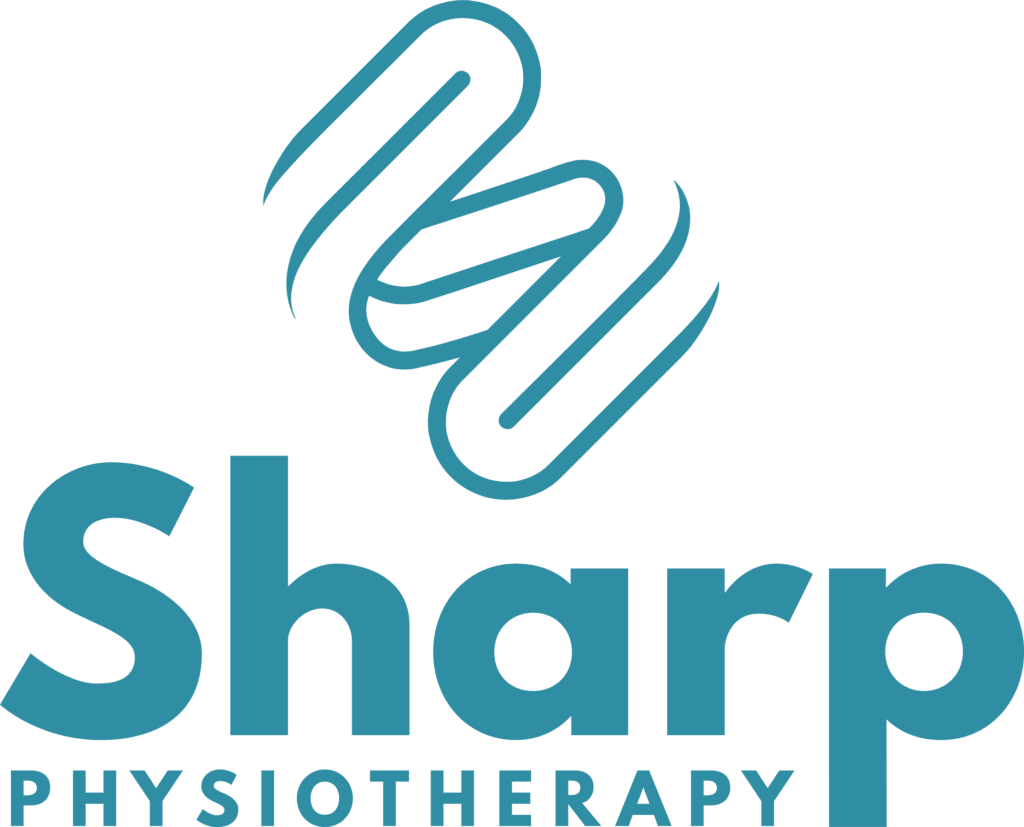Are You Trying To Overcome A Sports Injury?
Do you have a reoccurring muscle injury? Do you keep pulling your calf? Are you weeks down the line but still struggling with a pulled hamstring? Do you keep rolling your ankles? Does your knee feel unstable following an injury? Do you keep breaking down with pain when running? If so, you have come to the right place
In the world of sport, setbacks are just setups for incredible comebacks! There are many challenges to overcome following a sports injury, and we are here to guide you on your path to recovery. Our dedicated team of experts specialise in helping patients of all ages and fitness levels to return to sport safely, and in the fastest possible time.
What you will get if you choose Sharp Physiotherapy to rehab your sports injury:
- Customised Rehab Plans And A Clear Roadmap Back To Sport.
- 1-1 Rehabilitation Tailored To You.
- Cutting Edge Techniques & Equipment.
- Access To A Fully Equipped Sports Rehabilitation Gym.
- Support From An Experienced Physio Team.
- A Winning Mindset To Help Your Bounce Back Stronger.
- Nutritional Support
- Access To The Leading Sports Medicine Consultants In The UK.
- Fast Access To MRI Scans.

